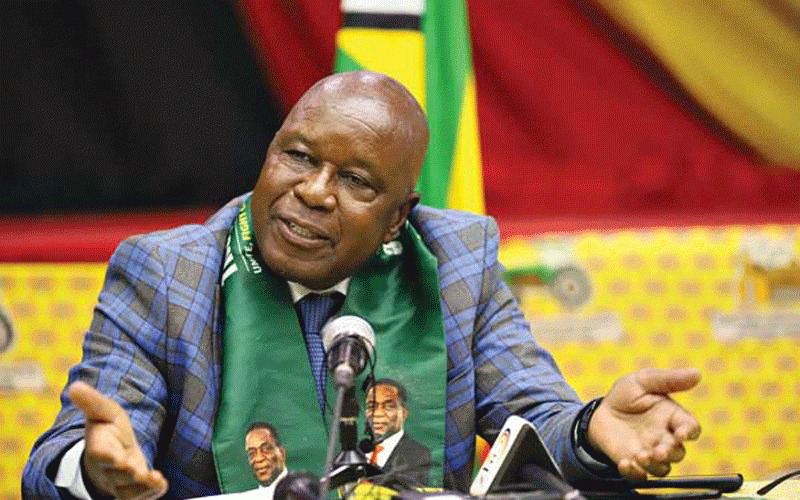
THE Common Market of Eastern and Southern Africa (Comesa) Mutual Recognition Framework (C-MRF) launched recently, will increase intra-regional trade in grain in the region, as it will address differences in standards and regulations that impede regional trade in maize.
BY VICTORIA MTOMBA
The framework is aimed at providing equivalence of analytical results and recognition of certificates of analysis issued by laboratories of the participating countries and will eliminate the need for multiple testing by both exporting and importing countries.
The C-MRF was developed by the Comesa secretariat, in partnership with six countries with significant maize trade.
These comprise Kenya, Malawi, Rwanda, Uganda, Zambia and Zimbabwe and will also pilot the framework, Comesa said in a statement.
Comesa director of agriculture and industry, Thierry Mutombo Kalonji, said lack of mutual recognition of technical standards and conformity assessment (testing and certification) was a persistent non-tariff barrier.

“Comesa secretariat initiated the framework in recognition of the fact that regulatory barriers are sometimes a result of varied technical capacities in the public and private sector entities across the region,” Kalonji said.
- Chamisa under fire over US$120K donation
- Mavhunga puts DeMbare into Chibuku quarterfinals
- Pension funds bet on Cabora Bassa oilfields
- Councils defy govt fire tender directive
Keep Reading
“Without mutual recognition of standards and certificates of analysis, regulatory barriers persist, causing an unpredictable regulatory environment that comes at a high cost to traders and contributes to the growing informal trade, now estimated at over 80% in some countries.”
Further, countries with developed food control systems face difficulties trading with those with weak systems and, hence, staple foods crossing borders are subjected to conformity assessment procedures that come at a high cost to traders.
Comesa secretariat standards quality assurance consultant, Mukayi Musarurwa, said the initiative was meant to facilitate greater flexibility where regulatory frameworks differ.
“The C-MRF will be a central instrument in driving deeper levels of regulatory policy co-ordination and integration between member States in Comesa. It will facilitate a more seamless trans-regional market and underscore MS’s’ objectives for a functional Free trade area and common market,” he said.
The C-MRF will be domesticated and implemented in the member States through mutual recognition agreements for conformity assessment.











